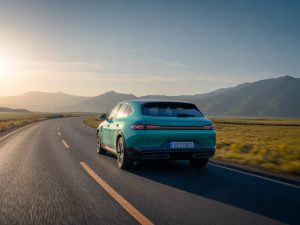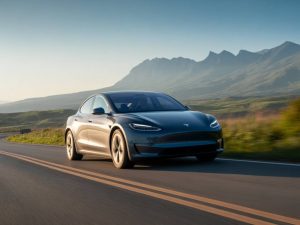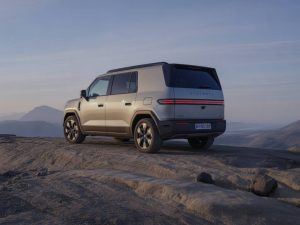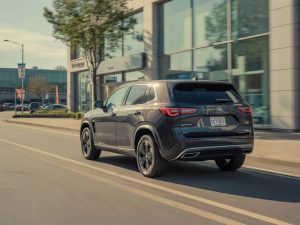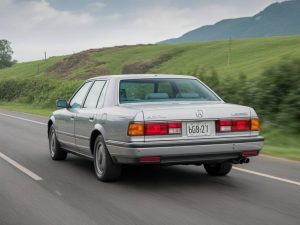Maintaining your ev in winter: essential tips for cold weather

maintaining your ev in winter: essential tips for cold weather
With the increasing popularity of electric vehicles (EVs), many drivers are looking for the best ways to maintain their vehicles during the winter months. Cold weather can pose unique challenges to EVs, from decreased battery efficiency to potential mechanical issues. In this comprehensive guide, we’ll explore essential tips for maintaining your EV in winter to keep it running smoothly and efficiently.
Understanding the Impact of Cold Weather on EV Batteries
One of the most significant factors affecting EV performance in winter is the impact of cold temperatures on the battery. Lithium-ion batteries, the most common type used in EVs, are sensitive to low temperatures. Cold weather can cause:
- Reduced battery range: The chemical reactions within the battery slow down, decreasing overall efficiency and reducing range by up to 40% in extreme cold conditions.
- Longer charging times: The reduced efficiency requires more time to charge, and charging stations may also operate more slowly in the cold.
- Increased energy consumption: Heating the cabin and defrosting require additional energy, further reducing range.
Preconditioning Your EV
Preconditioning involves warming up your EV’s battery and interior while the vehicle is still plugged in. This ensures that the energy required for heating does not drain the battery. Most modern EVs come with features that allow you to schedule preconditioning directly from the vehicle’s infotainment system or through a connected mobile app.
Preconditioning provides several benefits:
- Maximizes battery range by using external power to heat the battery.
- Makes the cabin comfortable before you start your journey.
- Reduces the energy required to achieve and maintain cabin temperature.
Optimizing Battery Health
Maintaining the health of your EV’s battery is crucial for avoiding performance issues in winter. Here are some key strategies to optimize battery health:
- Maintain a moderate state of charge: Keeping your battery charge between 20% and 80% can prevent stress on the battery cells.
- Avoid frequent fast charging: Use fast-charging stations sparingly as they can generate heat and stress the battery. Opt for standard home charging when possible.
- Store your EV in a garage: Parking in a garage can help insulate the vehicle from extreme cold, mitigating temperature-related battery issues.
Tire Care and Traction
Winter tires are essential for maintaining grip and safety on icy or snowy roads. Here are the best practices for tire care:
- Install winter tires: Winter tires are designed to perform better in cold weather, providing better traction and handling.
- Monitor tire pressure: Cold weather can cause tire pressure to decrease, which can affect range and handling. Regularly check and maintain optimal tire pressure.
- Consider tire chains: For extreme conditions, tire chains can provide additional traction, although they should be used as a last resort when winter tires are not enough.
Battery Charging Tips for Winter
Optimizing charging practices in cold weather can further help maintain your EV’s performance:
- Charge during off-peak hours: Electricity rates may be lower, and the temperature might rise slightly during the day, making it easier on the battery.
- Use a Level 2 charger: A Level 2 charger is more efficient than a standard outlet and can help reduce charging time.
- Keep the battery warm: Consider using a thermal blanket for the battery pack or park in a heated garage if possible.
Cabin Comfort and Energy Management
Managing cabin comfort is important for both safety and energy efficiency. Here are some tips:
- Use seat and steering wheel warmers: These consume less energy than heating the entire cabin.
- Dress warmly: Wearing appropriate winter clothing can reduce the need for excessive cabin heating.
- Avoid prolonged idling: Unlike combustion engines, EVs draw energy from the battery while idling, impacting range. Minimize idling to conserve battery.
Maintaining Fluids and Mechanical Systems
Although EVs have fewer fluids and mechanical components than traditional vehicles, it is still essential to maintain these systems:
- Check windshield washer fluid: Ensure it is rated for low temperatures to prevent freezing.
- Monitor brake fluid and coolant: Regularly check levels and top-up as needed, and use formulations suitable for cold weather.
- Test the 12V battery: The auxiliary 12V battery powers essential systems and can be affected by cold. Ensure it is in good condition.
Preparing for Emergency Situations
Being prepared for emergencies is crucial, especially in winter. Here’s how to stay prepared:
- Carry an emergency kit: Include items like blankets, a flashlight, a first-aid kit, snacks, and water.
- Have a backup charging plan: Identify nearby charging stations on your route in case of an emergency.
- Keep your phone charged: Ensure your phone is always charged and keep a portable charger in the vehicle.
Regular Maintenance Checks
Routine maintenance checks can help prevent unexpected issues and keep your EV running smoothly in winter:
- Schedule regular inspections: Frequent checks by a professional can identify and fix potential problems before they become serious.
- Monitor software updates: Manufacturers often release updates to improve efficiency and performance, especially in extreme weather conditions. Ensure your vehicle’s software is up to date.
- Check for recalls: Stay informed about any recalls related to your EV model to address issues promptly.
Maintaining your EV in winter requires a proactive approach to ensure optimal performance and safety. By understanding the impact of cold weather on your vehicle, implementing battery optimization strategies, ensuring proper tire care, and being prepared for emergencies, you can enjoy the benefits of electric driving year-round. Stay informed and diligent, and your EV will continue to serve you well even in the harshest winter conditions.

